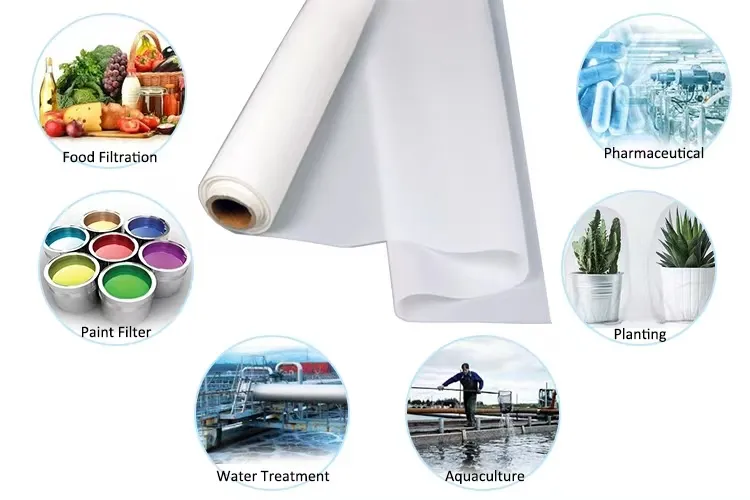-
 Afrikaans
Afrikaans -
 Albanian
Albanian -
 Amharic
Amharic -
 Arabic
Arabic -
 Armenian
Armenian -
 Azerbaijani
Azerbaijani -
 Basque
Basque -
 Belarusian
Belarusian -
 Bengali
Bengali -
 Bosnian
Bosnian -
 Bulgarian
Bulgarian -
 Catalan
Catalan -
 Cebuano
Cebuano -
 China
China -
 Corsican
Corsican -
 Croatian
Croatian -
 Czech
Czech -
 Danish
Danish -
 Dutch
Dutch -
 English
English -
 Esperanto
Esperanto -
 Estonian
Estonian -
 Finnish
Finnish -
 French
French -
 Frisian
Frisian -
 Galician
Galician -
 Georgian
Georgian -
 German
German -
 Greek
Greek -
 Gujarati
Gujarati -
 Haitian Creole
Haitian Creole -
 hausa
hausa -
 hawaiian
hawaiian -
 Hebrew
Hebrew -
 Hindi
Hindi -
 Miao
Miao -
 Hungarian
Hungarian -
 Icelandic
Icelandic -
 igbo
igbo -
 Indonesian
Indonesian -
 irish
irish -
 Italian
Italian -
 Japanese
Japanese -
 Javanese
Javanese -
 Kannada
Kannada -
 kazakh
kazakh -
 Khmer
Khmer -
 Rwandese
Rwandese -
 Korean
Korean -
 Kurdish
Kurdish -
 Kyrgyz
Kyrgyz -
 Lao
Lao -
 Latin
Latin -
 Latvian
Latvian -
 Lithuanian
Lithuanian -
 Luxembourgish
Luxembourgish -
 Macedonian
Macedonian -
 Malgashi
Malgashi -
 Malay
Malay -
 Malayalam
Malayalam -
 Maltese
Maltese -
 Maori
Maori -
 Marathi
Marathi -
 Mongolian
Mongolian -
 Myanmar
Myanmar -
 Nepali
Nepali -
 Norwegian
Norwegian -
 Norwegian
Norwegian -
 Occitan
Occitan -
 Pashto
Pashto -
 Persian
Persian -
 Polish
Polish -
 Portuguese
Portuguese -
 Punjabi
Punjabi -
 Romanian
Romanian -
 Russian
Russian -
 Samoan
Samoan -
 Scottish Gaelic
Scottish Gaelic -
 Serbian
Serbian -
 Sesotho
Sesotho -
 Shona
Shona -
 Sindhi
Sindhi -
 Sinhala
Sinhala -
 Slovak
Slovak -
 Slovenian
Slovenian -
 Somali
Somali -
 Spanish
Spanish -
 Sundanese
Sundanese -
 Swahili
Swahili -
 Swedish
Swedish -
 Tagalog
Tagalog -
 Tajik
Tajik -
 Tamil
Tamil -
 Tatar
Tatar -
 Telugu
Telugu -
 Thai
Thai -
 Turkish
Turkish -
 Turkmen
Turkmen -
 Ukrainian
Ukrainian -
 Urdu
Urdu -
 Uighur
Uighur -
 Uzbek
Uzbek -
 Vietnamese
Vietnamese -
 Welsh
Welsh -
 Bantu
Bantu -
 Yiddish
Yiddish -
 Yoruba
Yoruba -
 Zulu
Zulu
plastic garden mesh
The Versatile Uses of Plastic Garden Mesh
Gardeners and landscape enthusiasts are always on the lookout for innovative materials that can enhance their gardening experience. One often overlooked yet highly beneficial tool is plastic garden mesh. This adaptable product offers numerous applications, making it a staple for both amateur gardeners and professional landscapers alike.
Plastic garden mesh, often made from polyethylene or polypropylene, is a lightweight, durable, and flexible material that comes in various sizes and openings to suit different gardening needs. Unlike traditional garden materials, plastic mesh can withstand harsh weather conditions and the test of time, making it a cost-effective choice. Its versatility extends to several gardening applications, from plant support and erosion control to pest management and seed protection.
One of the primary uses of plastic garden mesh is as a support structure for climbing plants. For avid gardeners who nurture varieties like peas, beans, and cucumbers, using mesh trellises can significantly improve growth by allowing these plants to climb and access sunlight efficiently. The mesh provides the necessary support without hindering the plants' natural development. Additionally, it promotes better air circulation, which is vital for preventing fungal diseases.
In landscaping, plastic garden mesh proves invaluable for erosion control. When laid down on slopes or areas prone to soil erosion, the mesh acts as a barrier that holds the soil in place while plant roots establish themselves. This not only prevents the loss of valuable topsoil but also fosters an environment where seedlings can flourish. Over time, as plants grow and spread, they create a natural barrier against further erosion, demonstrating a harmonious balance between artificial and natural solutions.
plastic garden mesh

Another significant benefit of plastic garden mesh is its role in pest management. By covering seedlings with fine mesh, gardeners can effectively protect young plants from unwanted pests such as birds, rabbits, and insects. This non-toxic and environmentally friendly approach reduces the need for chemical pesticides, promoting a healthier garden ecosystem. The mesh allows sunlight and water to penetrate while keeping harmful critters at bay.
For those interested in seed germination, plastic garden mesh can be an essential tool. When planting seeds, gardeners can place a lightweight mesh over the planting area to create a mini greenhouses effect. This helps to retain moisture while providing the necessary warmth to encourage seed sprouting. The mesh can be easily removed once the seeds have germinated and established themselves, allowing them to grow freely.
Moreover, plastic garden mesh is not limited to use in the garden alone. It can also serve as an effective barrier in composting systems. By wrapping the compost pile in mesh, gardeners can ensure that air circulates freely while keeping out unwanted pests. This contributes to efficient composting, resulting in nutrient-rich soil amendments that can enhance plant growth.
In conclusion, plastic garden mesh is an exceptionally versatile tool that offers countless benefits for both garden maintenance and landscaping. Its durability and flexibility make it suitable for a wide range of applications, from supporting climbing plants to controlling soil erosion and protecting seedlings. As more gardeners discover its advantages, plastic garden mesh is set to become a fundamental component in sustainable gardening practices. Whether you are a seasoned gardener or just starting, incorporating plastic garden mesh into your gardening repertoire could vastly improve your growing experience and contribute to a healthier, more productive garden.
-
Shipping Plastic Bags for Every NeedNewsJul.24,2025
-
Safety Netting: Your Shield in ConstructionNewsJul.24,2025
-
Plastic Mesh Netting for Everyday UseNewsJul.24,2025
-
Nylon Netting for Every UseNewsJul.24,2025
-
Mesh Breeder Box for Fish TanksNewsJul.24,2025
-
Expanded Steel Mesh Offers Durable VersatilityNewsJul.24,2025











